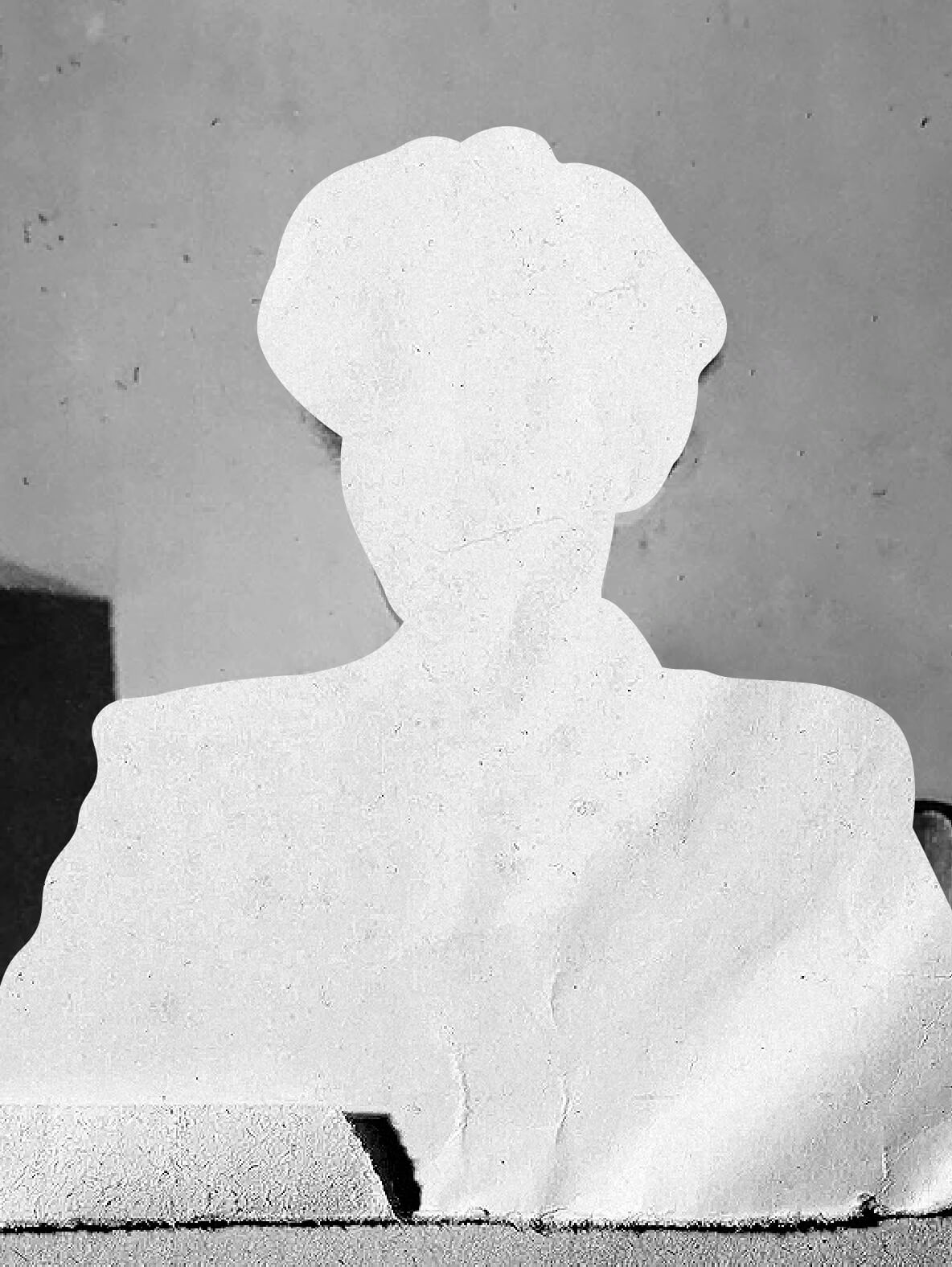Interior of a palace
Interior of a palace
oil, canvas, 60 x 80 cm
Rococo is a style that appears at the beginning of the 18th century in Versailles, in the salons of Louis XV's mistress, Madame de Pompadour. The first manifestations of the style can be seen in interior design elements and pieces of furniture and then in sculpture, painting, graphics and architecture.
Specific to these interiors were the pastel colors combined with white and gold, but the defining elements that give the style its name are the rocailles: those small sinuous and asymmetrical decorative curves.
Originally patronized by a woman, rococo is often characterized as reflecting a feminine taste. The artist Klammer Mariska manages to enhance the intimate charm of this style through warm light, which creates luster and reflection on materials such as silk or lacquered parquet.
Although the Rococo fell into disfavor at the end of the 18th century, becoming a brand of kitsch in several European countries, it survived as a style in Hungary until the 19th century, becoming a neo-rococo. The work "Interior of the Palace" is an academic work that captures a neo-Rococo interior.
The composition presents a classic academically treated interior, with a hidden light source. It presents the splendor of a baroque palace. The theme of palace interiors often appears in the artist's work.
Klammer Mariska
Interior of a palace
oil, canvas, 60 x 80 cm
- signed at the bottom left with brown:
Klammer M
- Condition of the work:
relatively good, the pictorial surface has small cracks in several areas
- Documents:
not found


Klammer Mariska
1873/1877(?), Budapest - ?
She taught drawing and painting, but most importantly, she empowered the professional women's artistic movement, by organizing her very own Visual Arts Association.
See More
















